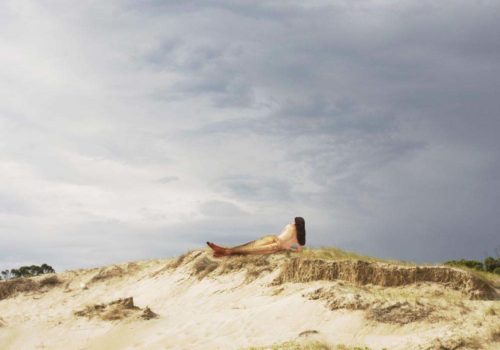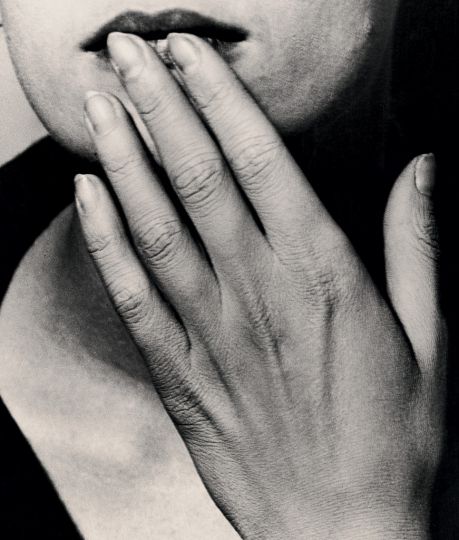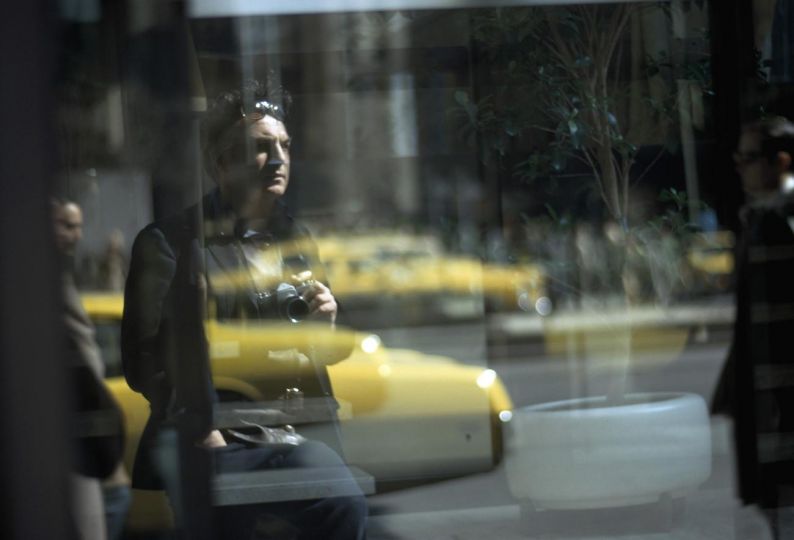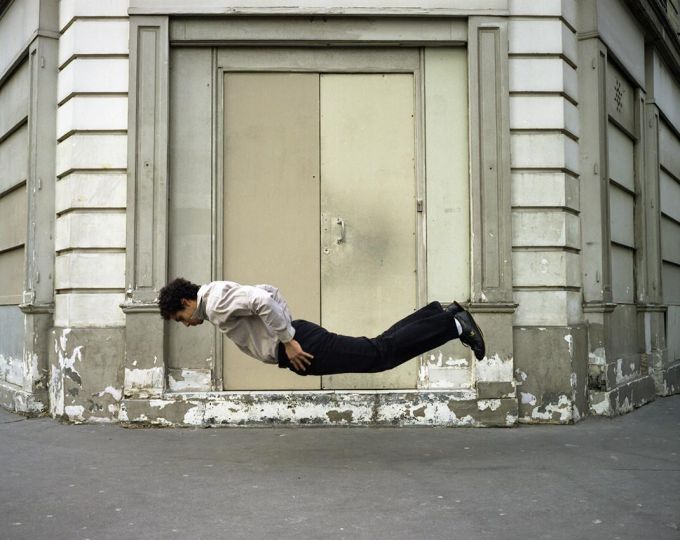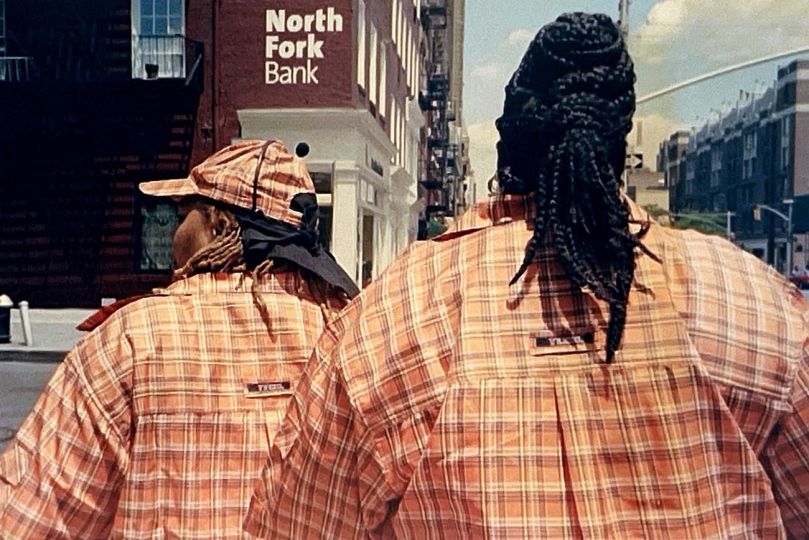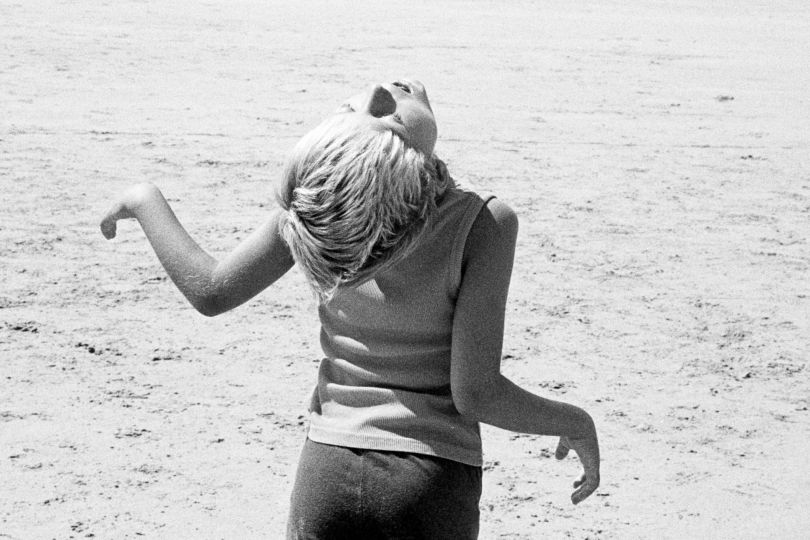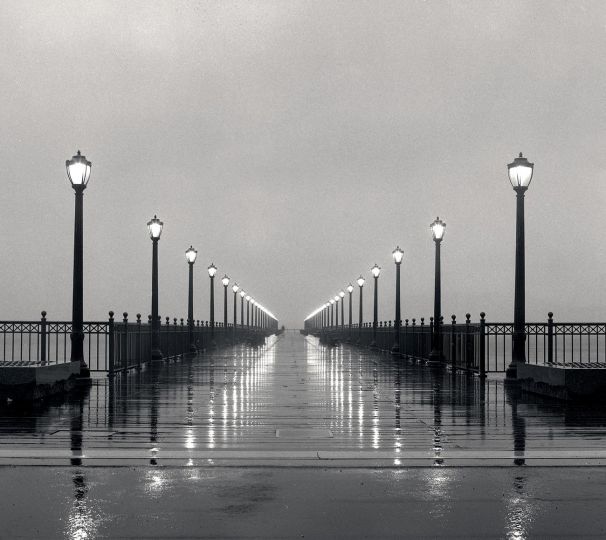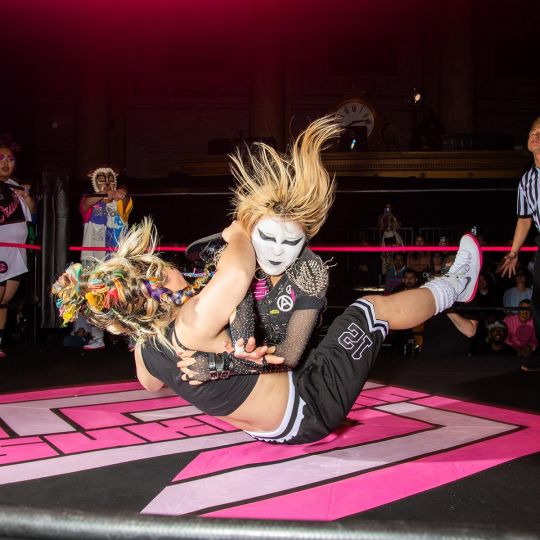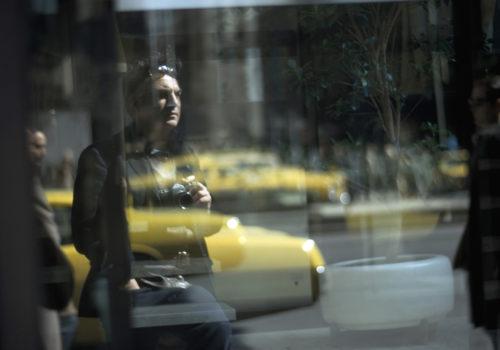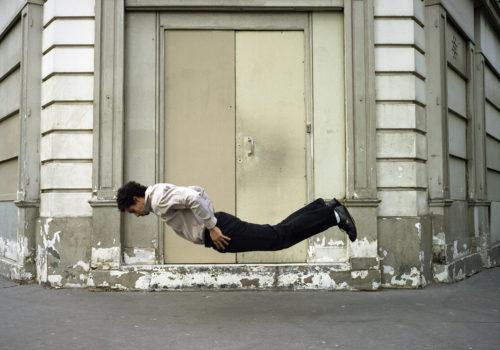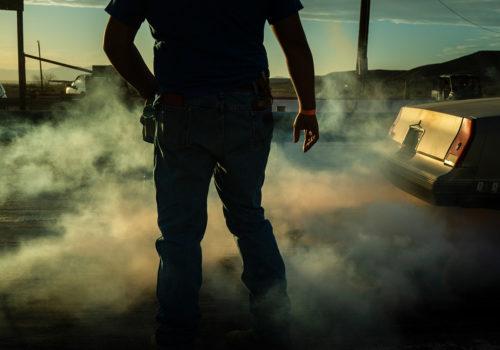“To the desert” it is a series of ten self-portraits on a background of sand. A mental trip to deserted unexplored lands filled with every day images that integrate to create a non-existent reality. The artist allows, through photomontage techniques, the co-existence of elements that belong to different temporary and spatial dimensions. The result is an atemporal photomontage that plays with the points of a line of time, skips levels and crosses oceans. It abandons the notion of time and space and finds freedom in the idea itself. It disintegrates, at least for a moment, the form of the mechanical logic that reigns in our routine.
“To the desert” is a series of ten self-portraits on a background of sand. A mental trip to deserted unexplored lands filled with every day images that integrate to create a non-existent reality. The artist allows, through photomontage techniques, the co-existence of elements that belong to different temporary and spatial dimensions. The result is an atemporal photomontage that plays with the points of a line of time, skips levels and crosses oceans. It abandons the notion of time and space and finds freedom in the idea itself. It disintegrates, at least for a moment, the form of the mechanical logic that reigns in our routine.
A logic that was present in the maps drawn during medieval times where there were men and animals, cultivated lands and rivers, but then evolved as they moved away from the areas they were acquainted with. Human beings with dog heads –dog-faced baboons- human beings with one big foot -which they would use as an umbrella when it rained or as a parasol when the sun shone too brightly- human beings with heads printed on their chests: this was the way those unexplored lands were represented. And the adventurers went out in search of the dog-faced baboons “that were as good or as bad as the human beings themselves”.
Born in Buenos Aires in 1982, Lola García Garrido has been into manipulating images since she was 16. She would mix negatives in her photographic black & white laboratory until -in 2004- she won a photo context, bought her first digital camera and replaced her lab with a Photoshop program. Since then she has been exhibiting her digital photomontages both in America and Spain.

